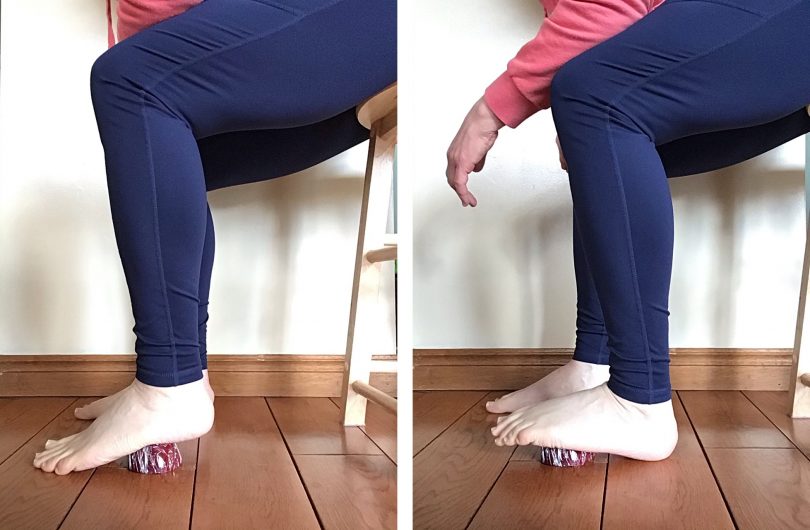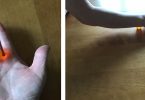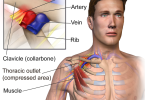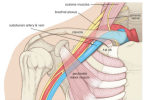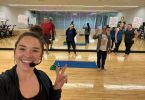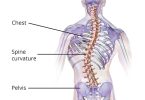The arches in our feet are designed like gymnastic springboards and work the same way in our foot propelling us forward in walking and running. When the foot connects with the ground, the arches absorb the energy of each step and distribute the energy up the body through the connective tissue, contributing to forward movement.
There needs to be adequate movement in the joints between the bones in the arches of the feet. ‘Stiff arches’ can make you prone to ankle sprains, which can derail your sport for a short or long period of time and set you up for more pain and injuries in your whole body as you age.
Our foot rotates with every step, and rotation should start at the tarsal sinus. The tarsal sinus is the indentation in the front of our ankle in line with our fourth toe. There is a joint just below the indentation of the tarsal sinus, and if this joint is lacking mobility, the movement that should happen here will take place closer to your toes. This puts pressure on the ball of the big toe and can contribute to bunions, shin splints, and pain in the knees and lower back.
Here is a simple exercise to gain more movement in the joints of the arches …
You will need a chair or stool and a half an apple wrapped in plastic wrap or half a kid’s bouncy ball the size of an apple. I use half an apple and keep in the fridge in the plastic wrap (it lasts for a week or so).
Stand evenly on your feet before you start and feel how your feet touch the floor. One may have more contact with the arch than the other, or one foot may have more contact on the inside or outside edge. Note the differences. Now walk and see how your feet feel and how your whole body feels. You may feel stiff overall if your arches are stiff.
Sit in a chair so your hips are higher than your knees. Bend over from the hips (not the waist) with a straight back and lean your elbow on the knee of the foot you are working.
To work the joint under the tarsal sinus, place the apple or half ball under your right foot at the point where the heel and arch meet (below the tarsal sinus or indentation). Your toes will lightly touch the floor. Moving very slow and so little that someone may think you are doing nothing, rock your foot side to side over the apple. Your knee, ankle and leg should not move. Do this for 20 seconds. Move the apple to under your arch so your heel is gently touching the floor and toes are relaxed, and rock side to side again for 20 seconds. These joints are so small that you have to keep the movement very small.
Now, stand before you work the other foot. What do you feel now? Do you feel more contact with the heel? Walk and see if your foot feels more fluid. Doing this several times a week can reduce chance of injury and make walking and running less laborious.
By Gwen MacLean for Living Balance Clinic

